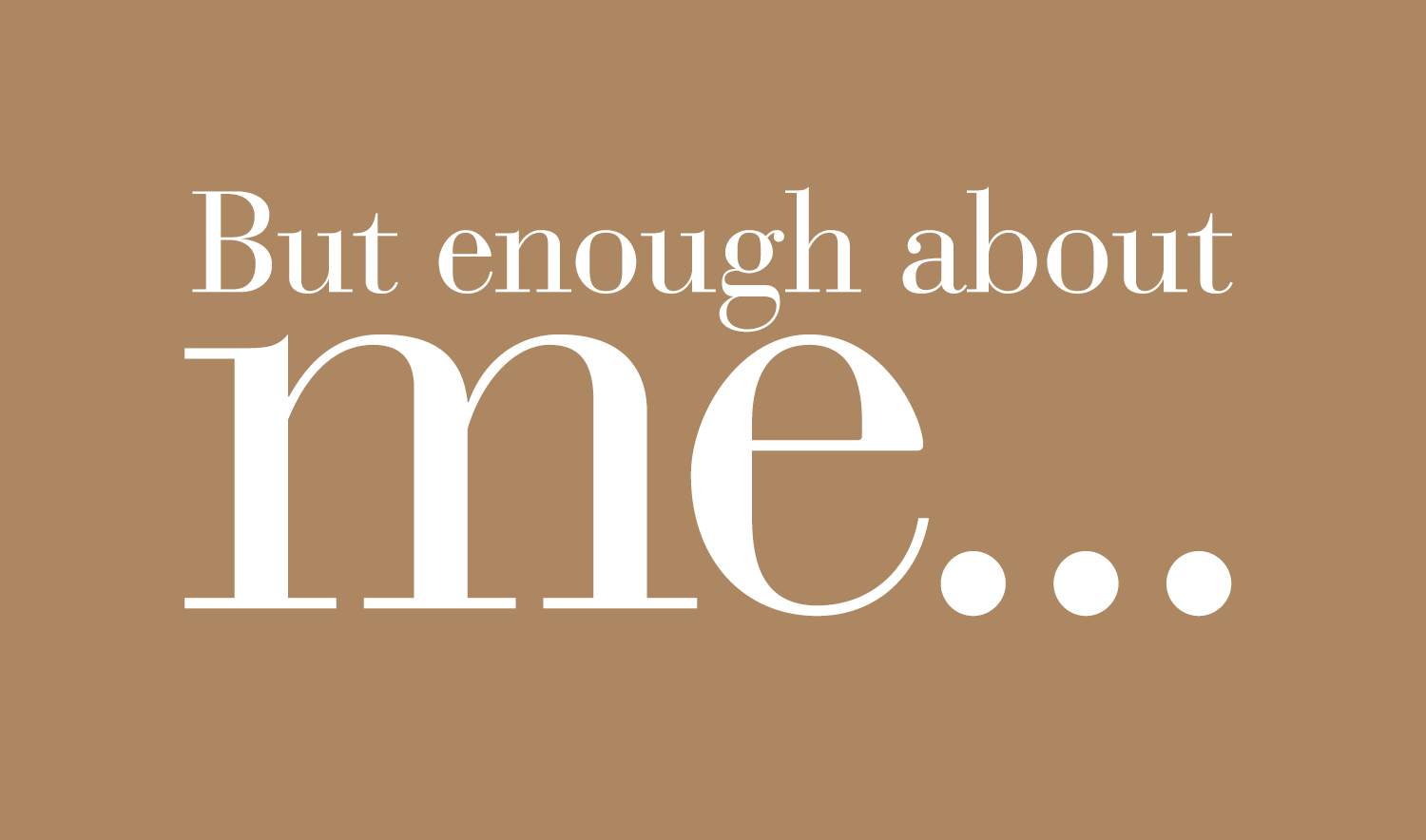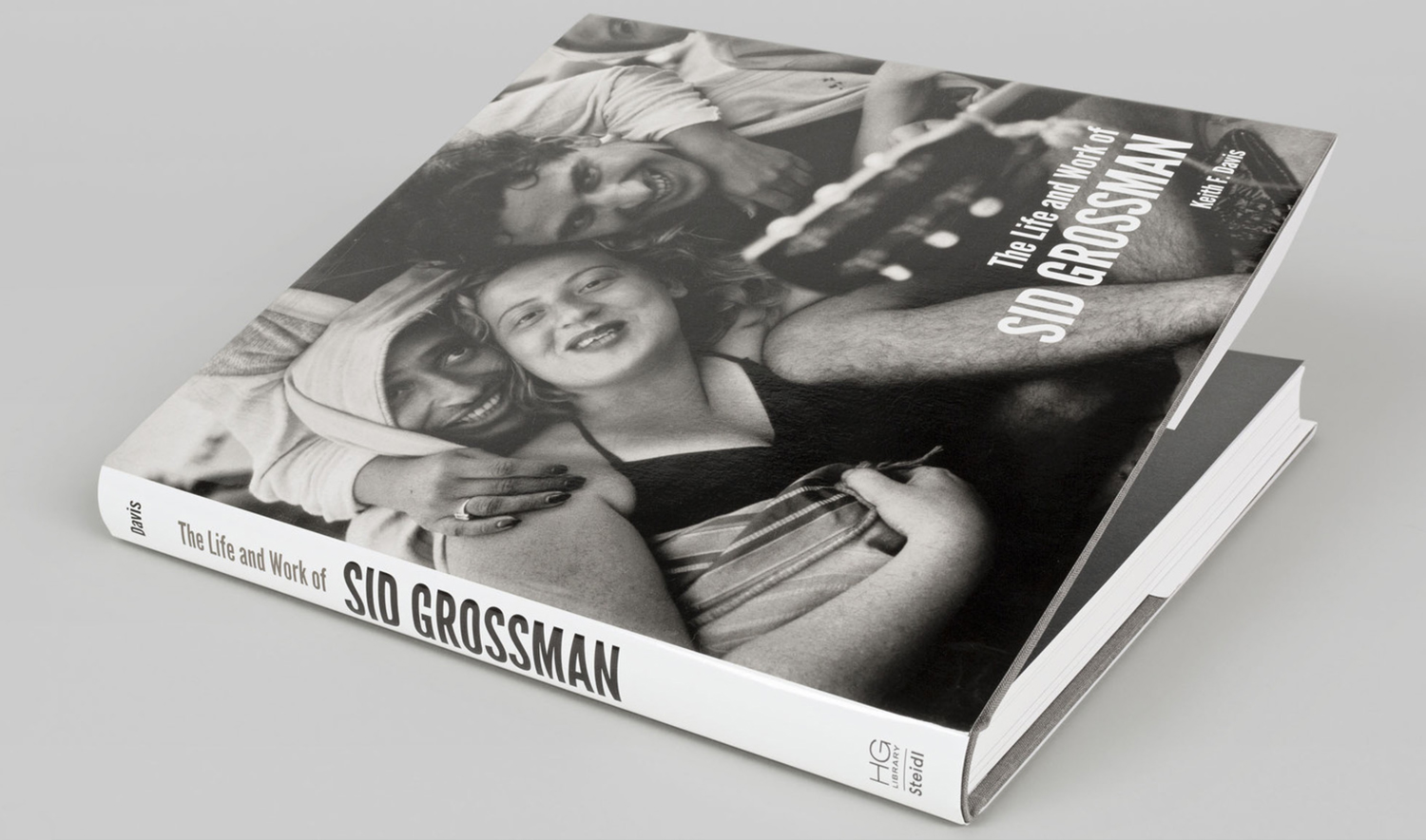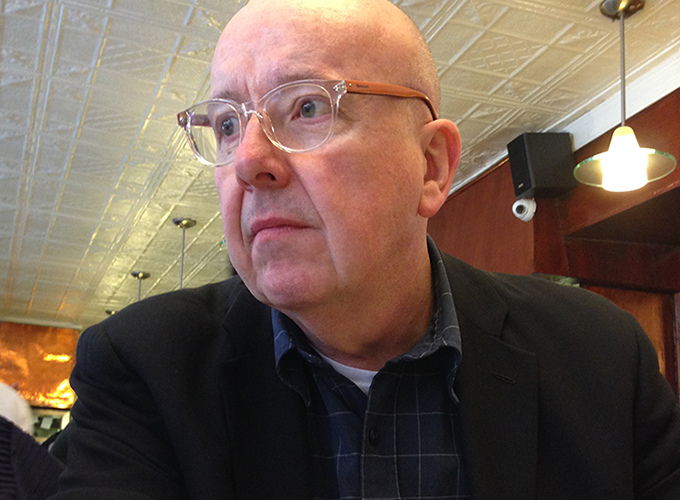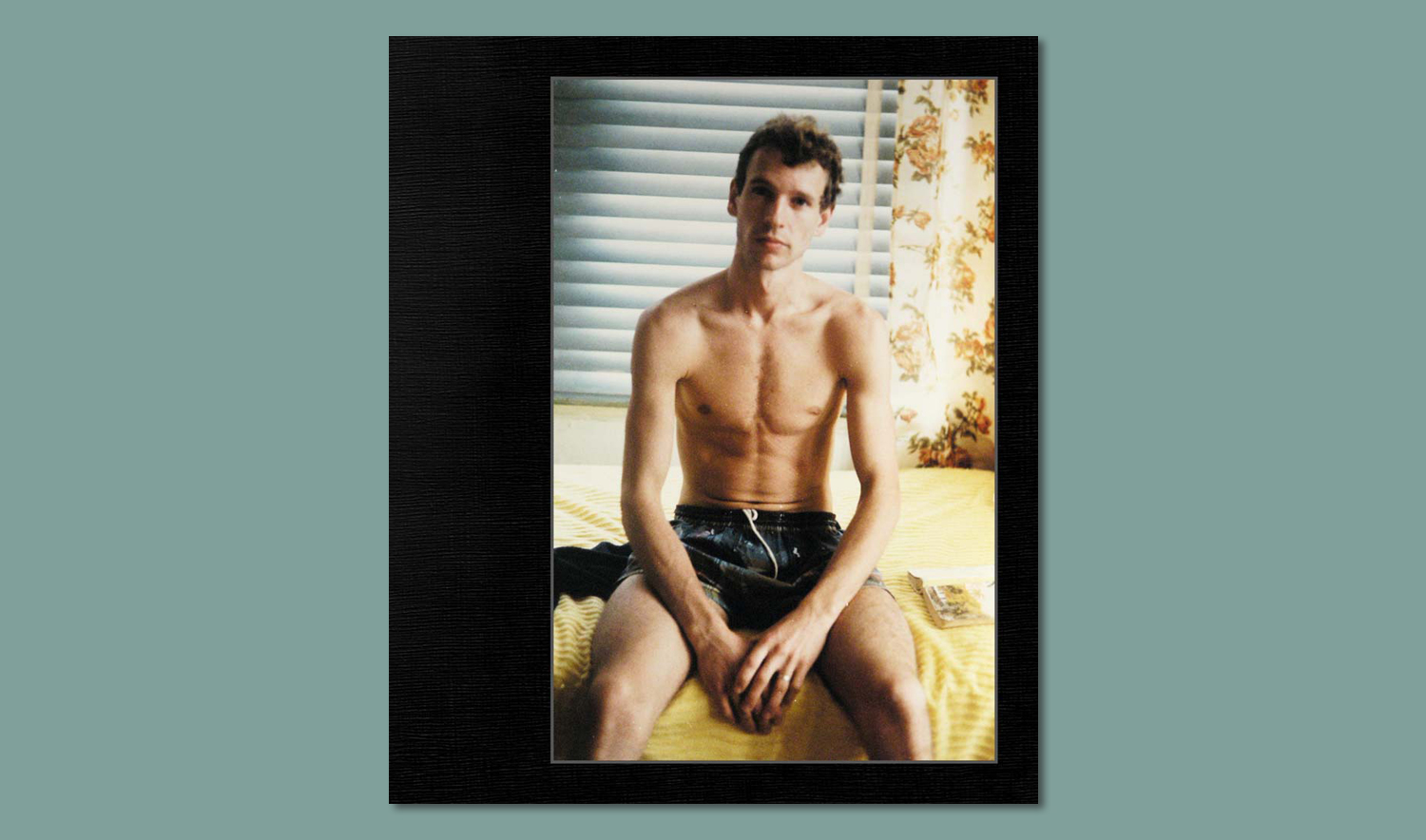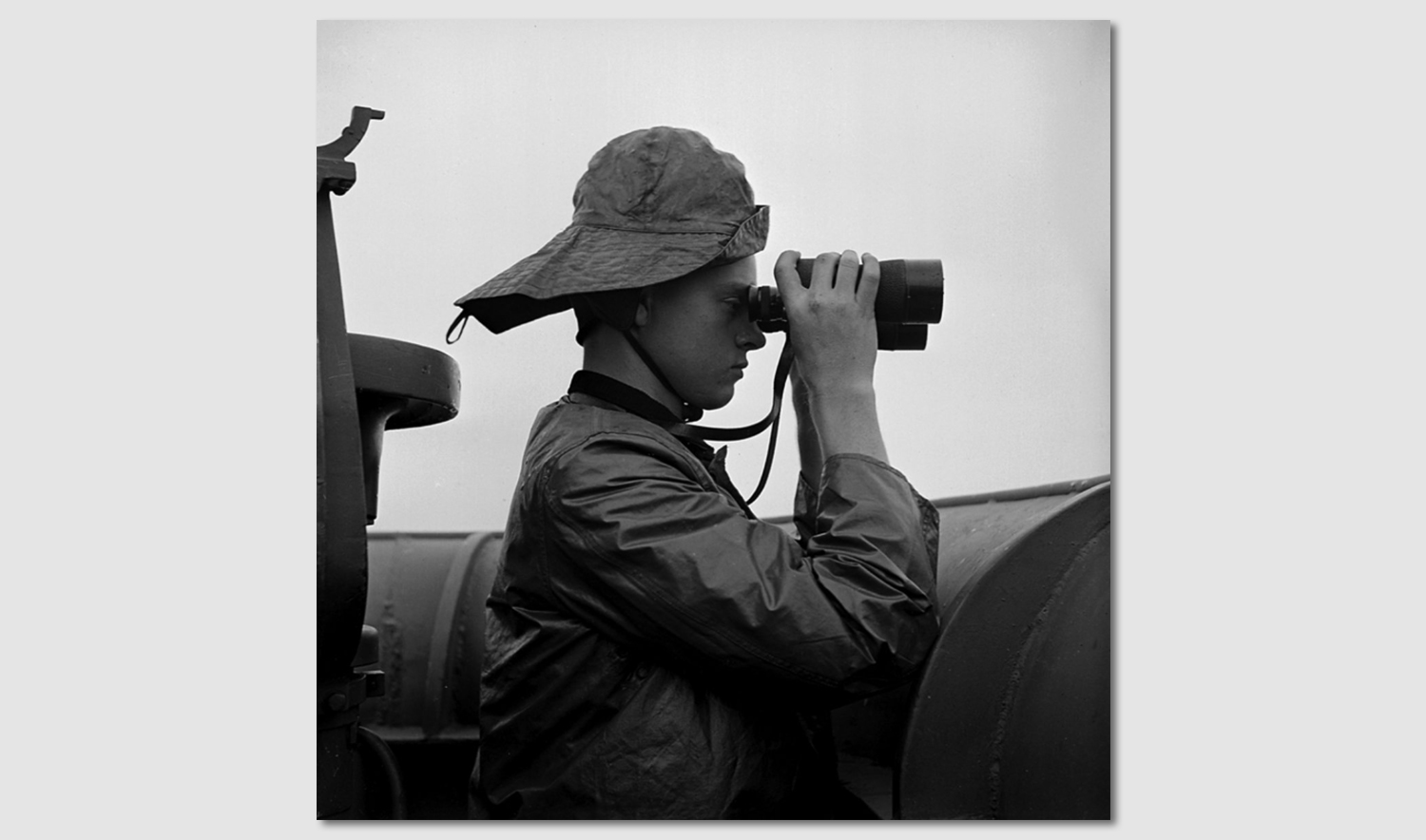I got the chance to ask Rick a few questions about the work.
PW: Where to start? There is so much to discuss about the work. I’ve been very interested in finding out what was the impetus for the series. What was the thought process that led you decide to work with Michael?
RA: The idea for the series was planted while preparing to teach a course on portrait photography. The boss made the comment that to create great portraits “all you needed to know was how to pose the subject”. This seed of an idea grew into my creating a compendium of “bad” photographic poses. The problem was how to examine such conventions without just creating more “bad” portraits. Michael was my answer.
Michael is my brother-in-law, and we have been making photographs together since 1975. This project began 4 years ago and continues to evolve in ways I never anticipated. I chose Michael as I hoped the disconnect between these pretentious poses and someone with Downs Syndrome would bring attention to the superficial nature of posing specifically, and the inability to know anything about anyone in a portrait generally. To my surprise, the resulting photographs did not reveal pretentious poses, but instead different Michaels: the author, the jock, the hipster, etc. What the poses failed to do on others, they did to Michael to such an extent that his mother was amazed at the transformation, once commenting that ‘he almost looks normal”. My guess is that this occurs as Michael has no agenda, no image of self that needs to be presented. Michael is fully engaged in the process. He sits, puts his hands where I ask, and looks where I ask him to or he doesn’t as Michael doesn’t do what he doesn’t want to. The resulting photographs, which were based on photographic conventions, were then emailed to China where they were hand painted onto canvas, as painting is the original maker of myths.
PW: Why the shift to Superman photographs?
RA: The Superman photographs evolved from my research into the history of portraiture from the Renaissance forward as many photographic cliches find their genesis in painting. The subjects of these formal portraits were dressed in their finest attire illustrating their status as surrounding props gave clues to their character and achievement. Most of these superman photographs find their compositional style and motifs in the works of Inges, Manet, Sargent, and Hopper. These photographs remain as photographs as their inspiration comes from painting. Other photographs in the series explore public relations and editorial motifs for presenting character.
These photographs and paintings were created to explore issues of artifice and identity, and to see if Michael and I could make interesting pictures together. The artist presents and the observer interprets, interprets what is seen in personal terms, adding meaning to the work. The more ambiguous the greater freedom for interpretation.
PW: I think the unique strength of the work is that it transcends conventional fine art photography boundaries. Due to the fact that the work incorporates a multiplicity of media, what has been the reaction from the photo community?
RA: When I first showed some of the painted portraits in Boston, Houston, and Santa Fe, most everyone was intrigued and interested in seeing more. In my opinion much of this was due to the fact that the photographs had been sent to China to be painted, perhaps a new mode of photographic representation or just another gimmick. It was not until I added the Superman photographs to the project that the work hit a nerve. Suddenly I was being asked: “Do you feel like you are taking advantage of Michael?” and to paraphrase another: “you are receiving this reaction because you don’t portray Michael as the person he is and while the photos of Michael may be ones he loves they aren’t positive portrayals that assist in breaking down walls of prejudice against those with developmental disabilities”. Symbols, even ones with unexpected consequences, are charged with great power and influence our perceptions irrespective of their validity.
This is not the forum to examine the assumptions and positions of those opposed to Michael being portrayed in his superman suit, but let me end with this. My father contracted polio at the time I was born. My formative years were spent with a father that had use of his left arm and right hand and could breath without assistance for only a few hours a day. He was a brilliant and strong man who had served in WWII later receiving his MBA from the Wharton School, and then from a wheel chair he ran an automobile dealership and insurance company never once complaining about his condition. As a child I continually watched people judge my father based on what they saw and the assumptions they made about him based on that information. What was true about my father is true of Michael and for that matter the rest of us.
As for the multiplicity of media in this body of work (photographs, painting, etched glass, and debit cards thus far), the choices evolved through the exploration of the idea not the decision to create a group of photographs. Ideally when this work is shown in its entirety, paintings will hang next to photographs and superman will hang next to the man in a sports coat so that each successive bit of presumed knowledge is negated by the next piece, leaving the viewer with a multitude of identities presented in various media whose only real commonality is Michael, and that in the end we know nothing without meeting Michael and getting to know him in person.
PW: I have to ask, where are you planning to take the work from here?
RA: Cleveland.
The facts:
Photographer: Rick Ashley
All photographs © Rick Ashley. To see more of Ricks work, click here.
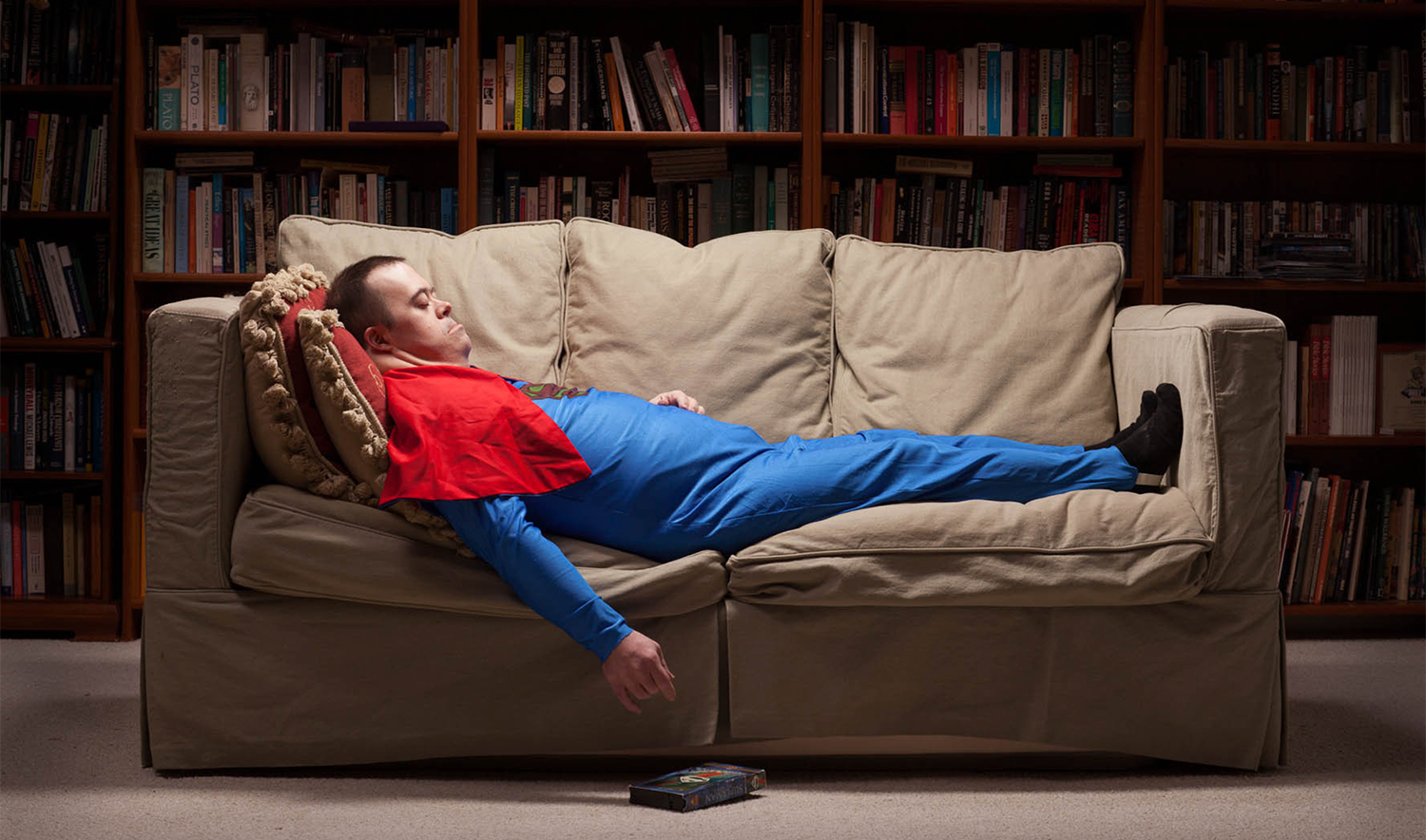
Sometimes (very rarely in my case) you see work that stops you in your tracks. That is exactly what happened when I first saw Rick Ashley’s work he creates with his brother-in-law. The images certainly provoke a strong immediate response, but immediate responses can be incorrect. Work this broad and complex can be easily misunderstood.
It took a while for me to wrap my head around it. The best work takes time to digest.


